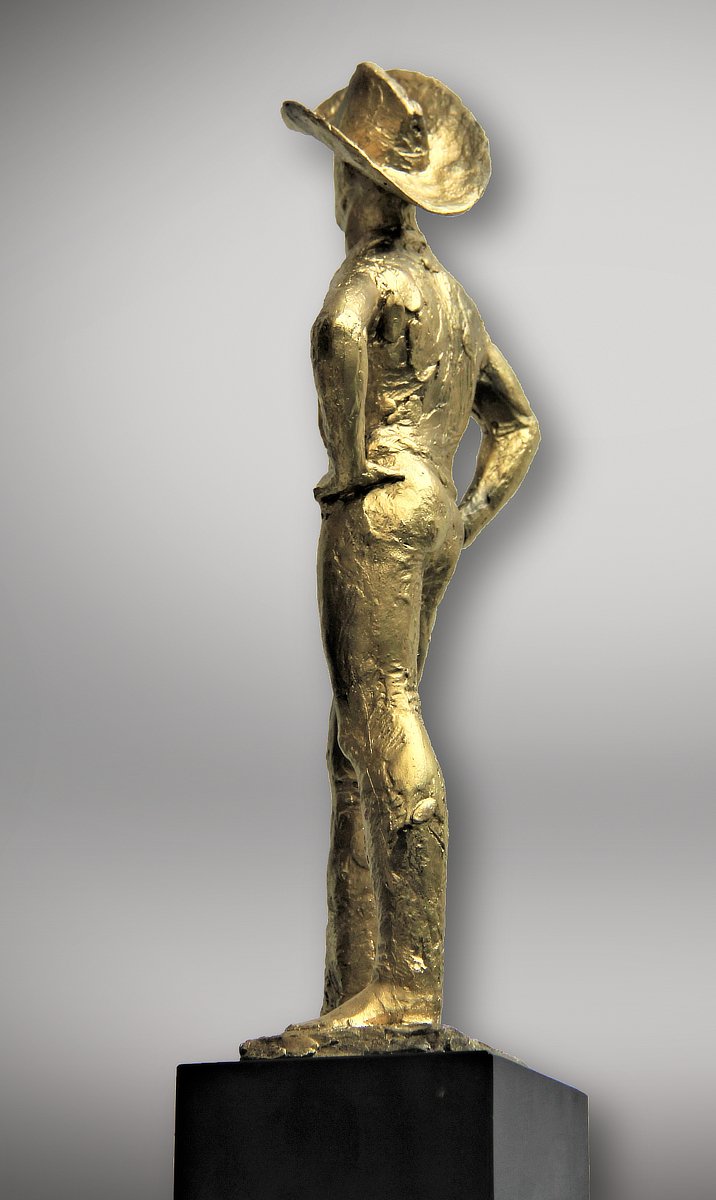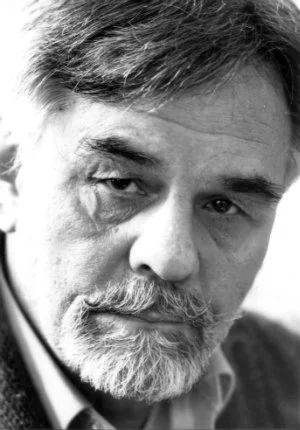






Floyd Tennison DeWitt
For the untrained eye in the ways of sculpture, no put-down intended, the most appropriate approach to guide one through DeWitt’s work can be found in an ancient Greek sentence: “To learn to look is to learn to see; to learn to see is to learn to understand; and to learn to understand is to learn to love.” For the artist, this is an extraordinary process. In addition to strong form, Mr. DeWitt works with the way light envelopes the piece and creates a synthesis of sense experiences that can only be termed an epiphany. Through his sculptures, one can view the world, as Duncan Phillips asserts, with rapture and wonder as an “introspective voyager.”

